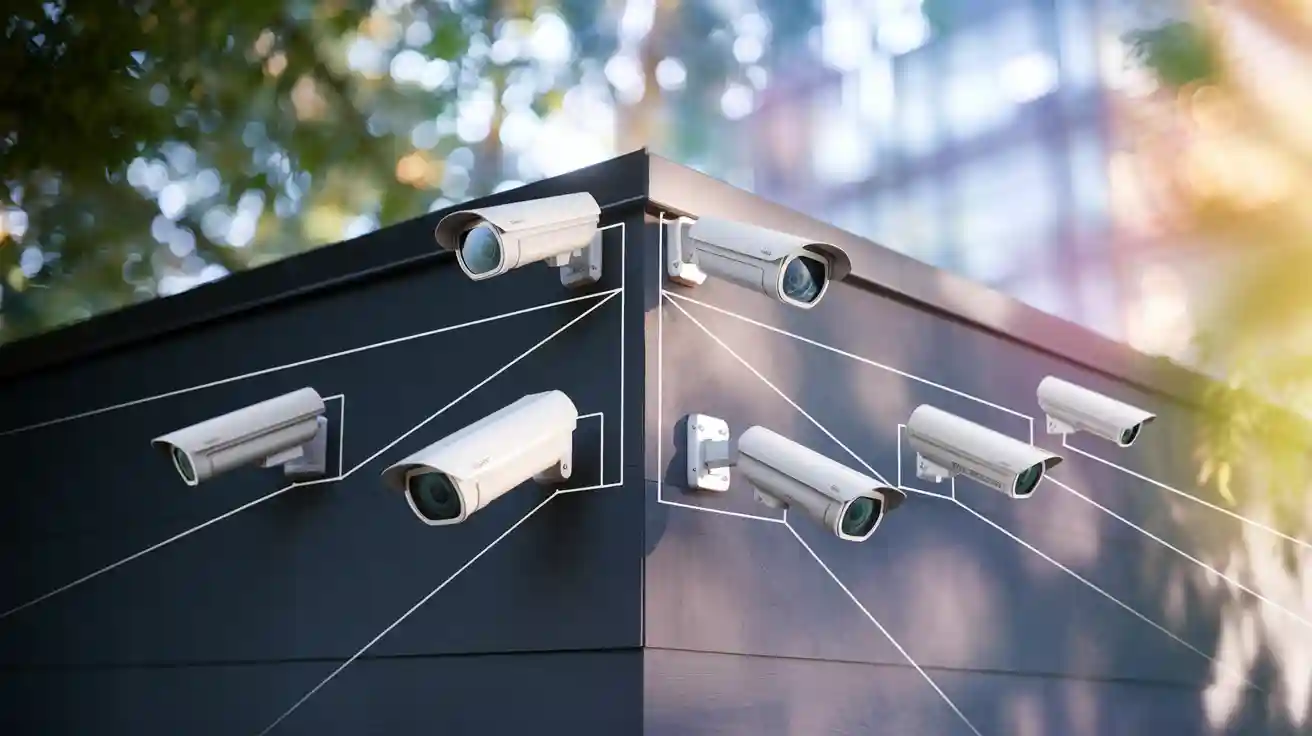
Are you wondering how to install security cameras for the best safety? The six best places to install security cameras are your front door, back and side doors, garage and driveway, first-floor windows, main hallways and stairs, and backyard or gates. These spots help you monitor all entry points effectively. Most break-ins happen at doors and windows.
| Entry Method Description | Percentage (%) |
|---|---|
| Burglars entering through open front or back doors | 25 |
| Break-ins involving forcible entry | 55.7 |
| Unlawful entries without forced entry | 37.8 |
Choosing a smart security system, like the Botslab Advanced AI Tech 4K Battery 4-Cam System W510, allows you to use cameras both inside and outside for full coverage. Studies show a good home security system can reduce crime by up to 20%. When learning how to install security cameras, aim for comprehensive coverage while respecting people’s privacy.
Key Takeaways
- Put security cameras at main doors like the front door, back and side doors, garage, first-floor windows, hallways, stairs, and backyard gates. This helps cover all weak spots.
- Place cameras 8 to 10 feet high. This helps you see faces clearly. It also keeps cameras safe from people who might try to break them. Use wide-angle lenses and make sure camera views overlap. This helps you not miss any spots.
- Use weatherproof, night vision, and AI-enabled cameras like the Botslab W510. These cameras give clear pictures, smart alerts, and work well day and night.
- Do not put cameras in bathrooms, bedrooms, or places where people want privacy. Always check local laws and tell neighbors if you need to.
- Take care of your system often. Clean the lenses, check the mounts and wires, update the software, and look at camera angles. This keeps your home safe and your cameras working well.
Front Door
The front door is the main way into your house. You need to keep this spot safe. Burglars often look here first. Putting security cameras at your front door helps protect your home. It makes your house less likely to be targeted by criminals. Cameras that people can see can lower crime. In Baltimore, neighborhoods had about 30 fewer crimes each month after cameras were added. Many burglars say they skip homes with cameras at the entrance. Real-time monitoring lets you act fast if something happens. Smart alerts help you know when there is trouble. Modern camera systems use AI to spot people, cars, and animals. This helps you see what is happening outside your door.
Security Camera Placement Tips
To get the best results, place your camera high enough to see faces. Do not put it too high or you might miss details. Pick a spot that shows the doorway and the area in front of it. Make sure your camera can be seen. Criminals often avoid homes with cameras they notice. Use outdoor lights so your camera works well at night. If you have windows near your door, set your camera so it can see them too. Try not to put the camera where sunlight shines right on it. Sun glare can make it hard to see. The Botslab Advanced AI Tech 4K Battery 4-Cam System W510 covers a wide area. You can watch more space with fewer cameras.
Tip: Put up signs that say cameras are recording. This can help stop crime.
Common Mistakes
Some people put cameras too low at the front door. This makes it easy for someone to mess with them. Others hide cameras, but hidden cameras do not stop crime. They only record what happens. Cameras behind things or in dark spots can miss important areas. You should not put cameras where they only see the tops of heads or miss the door. Remember to check for weak locks, spare keys nearby, or windows that could be broken. Good camera placement and regular checks help you stay safe.
Back and Side Doors
Best Places to Install Security Cameras
Back and side doors are some of the best places to install security cameras. Many people forget about these entry points, but burglars do not. About 22% of break-ins happen through the back door. Thieves often look for unlocked doors or hidden keys. You need to pay close attention to these spots. Place home security cameras so they cover the entire doorway and the area around it. Make sure you can see anyone trying to sneak in. If you have a side gate or a path leading to the door, include that in your surveillance. This way, you catch any movement before someone even reaches your door.
Placement Tips
You want your security camera placement to give you the best view. Mount cameras high enough so people cannot reach them easily, but low enough to capture faces. Use wide-angle lenses to cover more space. Motion detection is a must for back and side doors. It alerts you when someone moves near your door. Night vision helps you see what happens after dark. Weatherproof cameras work best outside. Look for an IP65 rating or higher. Two-way audio lets you talk to visitors or scare off intruders. Always check for blind spots. Walk around your yard and see what the camera sees. Adjust the placement until you get full coverage.
Tip: Avoid putting spare keys near your back or side doors. Burglars know where to look.
Mistakes to Avoid
Do not install security cameras where plants or decorations block the view. Avoid placing cameras too high or too low. If you point the camera only at the door, you might miss someone hiding nearby. Do not forget about lighting. Poor lighting can make it hard for your camera to capture clear images. Some people use only one camera for both doors, but this can leave gaps in your surveillance. Always test your security camera placement after you install security cameras. Make sure your home security cameras record clear footage day and night. Regularly check your system to keep your surveillance strong.
Garage and Driveway
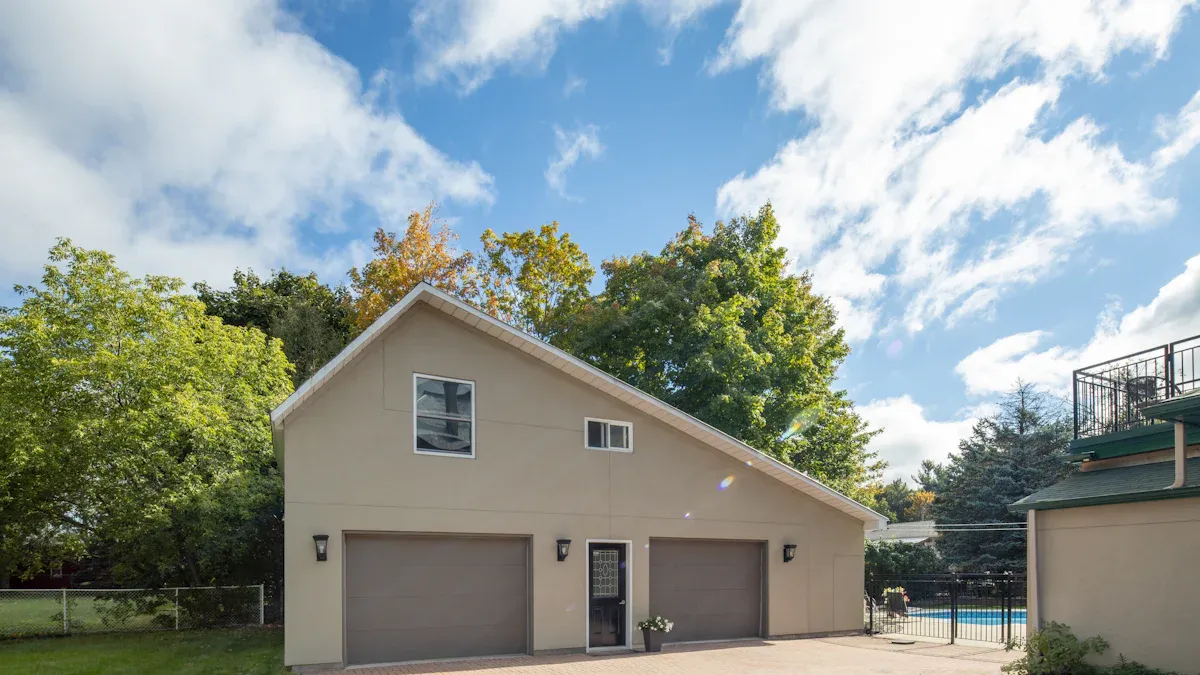
Where to Place Security Cameras
You might not think about your garage and driveway as top targets, but thieves do. Garages are entry points in 9% of burglaries. Vehicles parked outside are at risk, too. Motor vehicle theft jumped by 12.6% last year. You want to keep an eye on these areas. Place cameras so you can see the garage doors, driveway, and any paths leading up. Try mounting cameras at soffit height. This gives you a clear view of faces and license plates. If you have a detached garage, set up a camera that covers both the entrance and the driveway. Wide-angle lenses help you see more with fewer cameras.
| Entry Point | Percentage of Burglars Entering |
|---|---|
| Front Door | 34% |
| First-floor Window | 23% |
| Back Door | 22% |
| Garage | 9% |
| Unlocked Entrance | 4% |
| Second Floor | 2% |
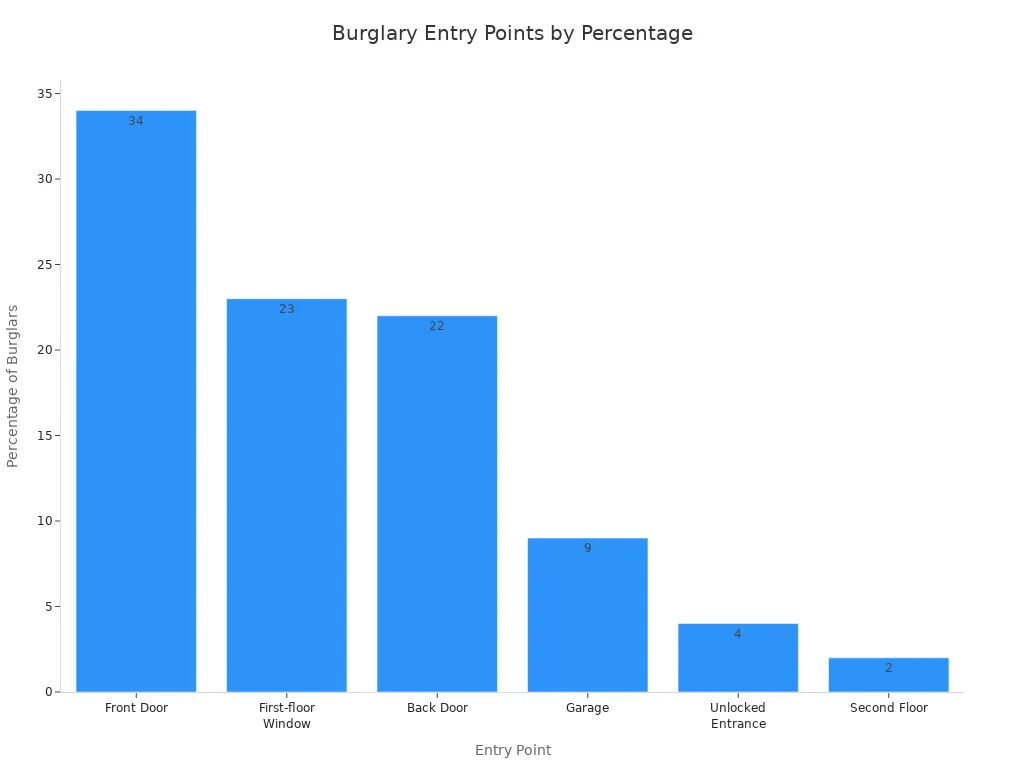
Coverage Tips
You want your security camera placement to cover every angle. Mount cameras 8 to 10 feet high. This stops people from tampering with them and helps you catch clear images of faces and hands. Angle the camera slightly downward. You will see who comes and goes, and what they carry. Avoid placing cameras behind glass or near bright lights. Glare and reflections can ruin your footage. Trim bushes and trees so nothing blocks your view. Test your placement before you make it permanent. Use live feeds to check for blind spots. If you have a long driveway, consider using more than one camera or a wide-angle lens.
Tip: Seasonal changes matter. Snow, leaves, or rain can block your camera’s view. Check your placement often.
Avoiding Blind Spots
Blind spots make it easy for intruders to sneak in. You want to avoid them at all costs. Position your cameras so you see the entire garage and driveway. Don’t mount cameras too high, or you’ll only see the tops of heads. Make small adjustments to your placement. Even a few inches can make a big difference. Never put cameras where downspouts or lights cause glare. If you have vinyl siding, use mounting blocks for a secure fit. Always check your security camera placement during the day and at night. Good lighting helps your camera work better. The Botslab Advanced AI Tech 4K Battery 4-Cam System W510 gives you wide-angle coverage, so you can monitor large areas with fewer cameras. You get clear footage and smart alerts, making it easier to spot trouble before it happens.
First-Floor Windows
Security Camera Placement
First-floor windows are a favorite spot for intruders. In fact, 23% of home invasions happen through these windows. Take a look at this table to see how common this entry point is:
| Entry Point | Percentage of Home Invasions |
|---|---|
| Front door | 34% |
| First-floor windows | 23% |
| Back door | 22% |
| Other (unlocked areas) | 15% |
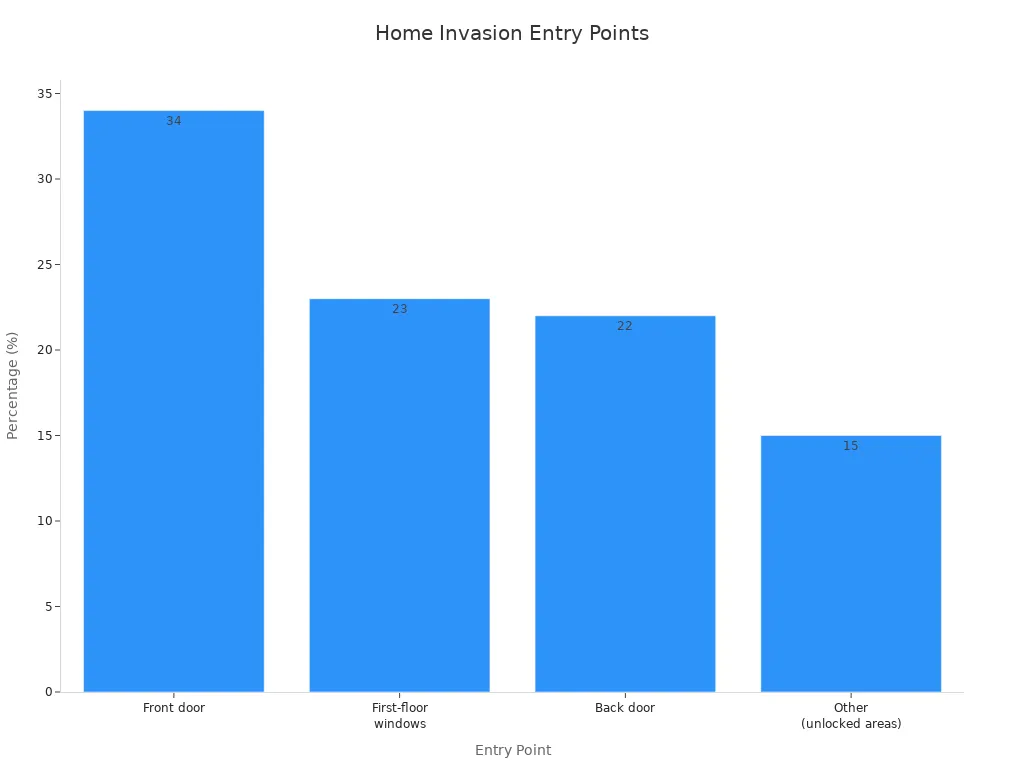
You want to make sure your security camera placement covers these windows, especially the ones hidden from the street. Here are some smart ways to set up your cameras:
- Focus on off-street windows that are blocked by fences or trees.
- Trim bushes and branches so nothing blocks your camera’s view.
- Mount cameras 8 to 10 feet high. This helps you catch faces and keeps cameras out of reach.
- Use overlapping camera angles. Try a corner-to-corner setup to cover blind spots.
- Avoid pointing cameras where sunlight causes glare.
- Place cameras to watch all entry points, not just the obvious ones.
Monitoring Tips
You want to catch anyone sneaking up to your windows. Place an indoor camera near windows that face hidden areas. This helps you see what happens inside if someone breaks in. Outdoor cameras work best for catching people before they get close. Keep an eye on windows near your living room or bedrooms, especially if you keep valuables nearby. If you have a Botslab system, use the smart alerts to get notified when someone approaches. Check your live feed often, especially at night or when you leave home.
Tip: Use both outdoor and indoor cameras for the best coverage. This way, you can see both sides of the window.
Pitfalls
Some people forget about windows that are not visible from the street. These windows are easy targets. Don’t let trees or decorations block your camera’s view. If you only use one camera for several windows, you might miss important details. Avoid placing cameras too low or too high. You want a clear shot of faces, not just the tops of heads. Remember, good security camera placement means you cover every angle, especially in areas with a high proximity to valuables.
Main Hallways and Stairs
Home Security Camera Coverage
Main hallways and stairs are some of the most important places to watch inside your home. These spots act as choke points. Anyone moving from room to room, or between floors, must pass through these areas. If you want to catch intruders before they reach bedrooms or other private spaces, you need to focus on these common areas. Security experts say that putting a home security camera here helps you spot movement early. You can see who comes and goes, even if someone tries to avoid cameras at the doors or windows. For single-story homes, hallways are key. In two-story homes, stairs matter just as much. Early detection in these spots gives you more time to react.
Placement Tips
You want your home security cameras to cover as much of the hallway or stairs as possible. Try these tips for the best indoor security cam placement:
- Mount cameras at a height of 8 to 10 feet. This keeps them out of reach and helps you see faces clearly.
- Angle the camera slightly downward. You get a wide view and avoid missing anything important.
- On stairs, place the camera at a slight angle. This lets you see the whole staircase and the landing.
- Avoid putting cameras too high. If you do, you might only see the tops of heads.
- Make sure nothing blocks the camera’s view. Move plants, lights, or decorations if needed.
- Watch out for glare from windows or lights. Glare can make it hard to see details.
Tip: Place cameras in main hallways or stairways where everyone must pass. This way, you cover the most ground with fewer cameras.
Mistakes
Some people make mistakes with camera placement in common areas. They might put cameras too low, making them easy to tamper with. Others mount cameras too high, so you only see the top of someone’s head. Sometimes, people forget to check for glare or blockages. If you only use one indoor camera for a long hallway, you might miss parts of the area. Always test your home security camera after you install it. Walk through the hallway or up the stairs and check the footage. Make sure your home security cameras give you a clear, wide view. Good placement in these areas helps keep your whole home safe.
Backyard and Gates
Best Places for Outdoor Cameras
You might think your backyard is safe, but it often has hidden risks. Gates left open or unlocked can let strangers or animals in. Sometimes, children wander out if latches are too low or easy to reach. Wobbly gates or fences make it easy for someone to sneak through. Climbable objects near gates, like trash cans or stacked wood, can help intruders get over. You should place an outdoor camera at every main gate and along the fence line. Cover side and shed gates, too. The Botslab W510 system works great here. Its wide-angle lens lets you watch more space with fewer cameras. You can use solar power to keep your cameras running, even far from outlets.
Tip: Remove anything near your gates that someone could use to climb over the fence.
Installation Tips
When you set up your outdoor security cam placement, pick a spot about 8 to 10 feet high. This height helps you see faces and keeps the camera out of reach. Always use weatherproof cameras. Look for an IP66 rating or higher. This means your camera can handle rain, dust, and even snow. Some outdoor cameras have strong, vandal-proof cases. These stand up to bumps from animals or people. The Botslab W510 has a solar panel that you can adjust for the best sunlight. This keeps your surveillance going strong all year.
- Make sure your camera covers the gate latch and the area around it.
- Use sturdy mounts so wind or storms do not move your camera.
- Test your camera at night to check the view and lighting.
Common Errors
Many people forget to lock side or shed gates. Some mount cameras too low, making them easy to tamper with. Others use indoor cameras outside, but these cannot handle bad weather. If you only point your camera at the gate, you might miss someone hiding nearby. Always check for blind spots in your surveillance. Do not let trees or decorations block your view. The best home surveillance cameras help you spot trouble before it starts. With the right setup, you keep your backyard and gates safe for everyone.
Where Not to Install Security Cameras
Privacy Concerns
You want your home to be safe. But you must respect privacy, too. Some places are not okay for cameras. Bathrooms, bedrooms, and changing rooms are private. People expect privacy in these spots. Recording here can make guests feel bad. It can even break laws. Never point cameras at windows or pools. Do not aim at private balconies. People relax or change clothes there. If you live close to neighbors, talk to them first. Good fences or curtains can block views. This helps avoid problems.
Tip: Put up signs to tell people about surveillance. This builds trust and helps everyone feel safe.
Legal Issues
Laws protect privacy at home and in your neighborhood. Federal law lets you record video on your property. But you cannot record in places where people expect privacy. Audio recording is harder. Some states need everyone to agree before you record audio. Hidden cameras in private spots without consent are illegal. Keep cameras inside your property lines. Never aim them at your neighbor’s yard or windows. If you rent, check your lease before installing cameras. Landlords cannot put cameras inside your apartment without your okay. They can use cameras in common areas, but must respect privacy.
Here’s a quick look at what you should remember:
| Do’s | Don’ts |
|---|---|
| Record video in public areas | Record in bathrooms or bedrooms |
| Use visible cameras | Hide cameras in private spaces |
| Check local laws | Point cameras at neighbors’ property |
| Disable audio if unsure | Record audio without consent |
Sensitive Areas
Some places need extra care. Locker rooms, changing areas, and bedrooms are sensitive. You should not put cameras there. Even in your own home, respect your family’s privacy. If you have guests, tell them where cameras are. Use privacy masks or block parts of the view if needed. Check your camera angles often. Make sure you are not recording too much. Talk to neighbors if your cameras might see their property. Good communication helps stop problems and keeps everyone comfortable.
Remember, smart camera placement keeps your home secure and respects everyone’s privacy.
How to Install Security Cameras
Step-by-Step Guide
If you want to know how to install security cameras, you can follow these simple steps:
- Plan where you want your cameras. Draw a map of your home and mark the best spots.
- Gather your tools. You may need a drill, screwdrivers, a ladder, and wall anchors.
- Set up your cameras before you mount them. Connect them to Wi-Fi or your home base and test them using the app.
- Temporarily place the cameras in your chosen spots. Check the view on your phone or computer.
- Once you are happy with the placement, use the right hardware to mount the cameras. Make sure they are level and secure.
- Connect your cameras to power. Use batteries, solar panels, or plug them in, depending on your system.
- Adjust the camera settings. Change motion sensitivity, set up alerts, and make sure you can see all the important areas.
- Test everything again. Walk around and check the live feed to make sure you have no blind spots.
Tip: Always check your Wi-Fi signal before you install a camera. Weak signals can cause problems.
Tips for Easy Setup
You do not need to be an expert to learn how to install security cameras. Here are some tips to make things easier:
- Use a level to keep your cameras straight.
- Avoid placing cameras near bright lights or shiny surfaces.
- For wireless cameras, make sure your Wi-Fi is strong in every spot.
- Use the mounts that come with your cameras. Do not use tape for heavy cameras.
- Label your cables if you use wired cameras. This helps you find problems later.
| Tool | Use |
|---|---|
| Drill | Mounting cameras |
| Screwdriver | Tightening screws |
| Ladder | Reaching high places |
| Wall anchors | Securing mounts in drywall or brick |
Maintenance
After you learn how to install security cameras, you need to keep them working well. Here is what you should do:
- Clean the camera lenses every few months with a soft cloth.
- Check for loose wires or mounts.
- Update your camera software when you get a notification.
- Test your cameras by watching live video and checking recordings.
- Trim plants or move objects that block the view.
- Back up your video files if you use a DVR or NVR.
- Review your camera angles and settings every few months.
Note: A little maintenance goes a long way. You will keep your home safe and your cameras running smoothly.
Practical Tips for Security Camera Placement
Maximizing Coverage
You want to get the most out of every camera you install. Start by walking around your home and looking for weak spots. Make a list of all entry points, like doors, windows, and gates. Map out where people usually walk or drive. This helps you spot high-traffic areas and choke points. For optimal security camera placement, mount your cameras 8 to 10 feet high. This height lets you see faces and keeps cameras safe from tampering. Overlap camera views to cover blind spots. Use wide-angle cameras, like the Botslab W510, to watch more space with fewer devices. Always check your camera angles during the day and at night. Adjust as needed to avoid glare or shadows. These best practices help you protect your home from every angle.
Storage and Power Options
You need a reliable way to store your video footage. Modern systems give you choices. You can use local storage, like a microSD card or a network-attached storage (NAS) device. Some people like cloud storage for easy access from anywhere. The Botslab W510 supports up to 16TB of storage, so you never have to worry about running out of space. For power, solar panels make a big difference. They let you place cameras anywhere with sunlight, even far from outlets. Solar power saves money and keeps your cameras running during power outages. Just clean the panels and check the batteries now and then. These best practices make your system strong and easy to manage.
Night Vision and AI Features
Night vision lets your cameras work 24/7. You can see what happens even in total darkness. The Botslab W510 uses infrared LEDs to capture clear images at night. This helps you spot faces, cars, or animals after the sun goes down. AI features take your security to the next level. Smart alerts tell you if a person, car, or animal is on your property. You get fewer false alarms and more useful notifications. You can set detection zones and search for important clips fast. With these tools, you stay in control and react quickly to real threats. Good night vision and AI make your placement even more effective.
You boost your home’s safety when you place cameras in the right spots. Smart systems like the Botslab W510 give you clear images, smart alerts, and reliable coverage—rain or shine. Take a walk around your home and check every entry, window, and gate. Make a quick checklist:
- Review your camera angles each month.
- Clean lenses every three months.
- Update software regularly.
Regular checks keep your security system strong and your peace of mind even stronger.
FAQ
Where should I avoid placing security cameras?
You should never put cameras in bathrooms, bedrooms, or places where people expect privacy. Always respect your family and guests. If you are unsure, check local laws before installing cameras.
How do I keep my security cameras working well?
Clean the lenses every few months. Check mounts and wires often. Update your camera software when you get alerts. Test your cameras by watching live video and checking recordings.
Can I use solar panels with my Botslab W510 cameras?
Yes! The Botslab W510 system comes with a 5W solar panel. You can attach or adjust it for the best sunlight. Solar power keeps your cameras running, even if you lose electricity.
What features help me spot intruders at night?
Night vision lets you see in the dark. The Botslab W510 uses infrared LEDs for clear images. Smart AI alerts tell you when people, cars, or animals move near your home.




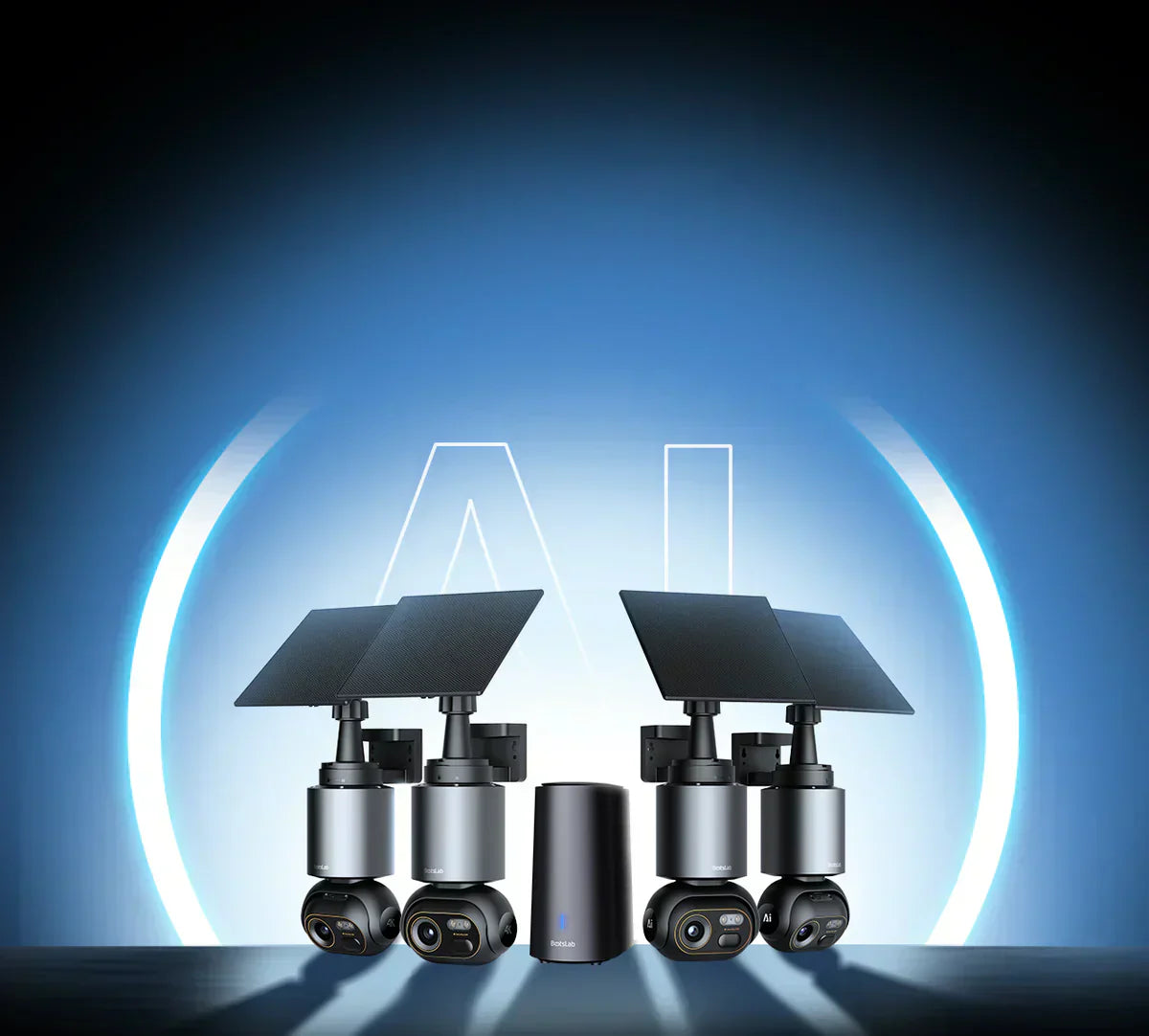
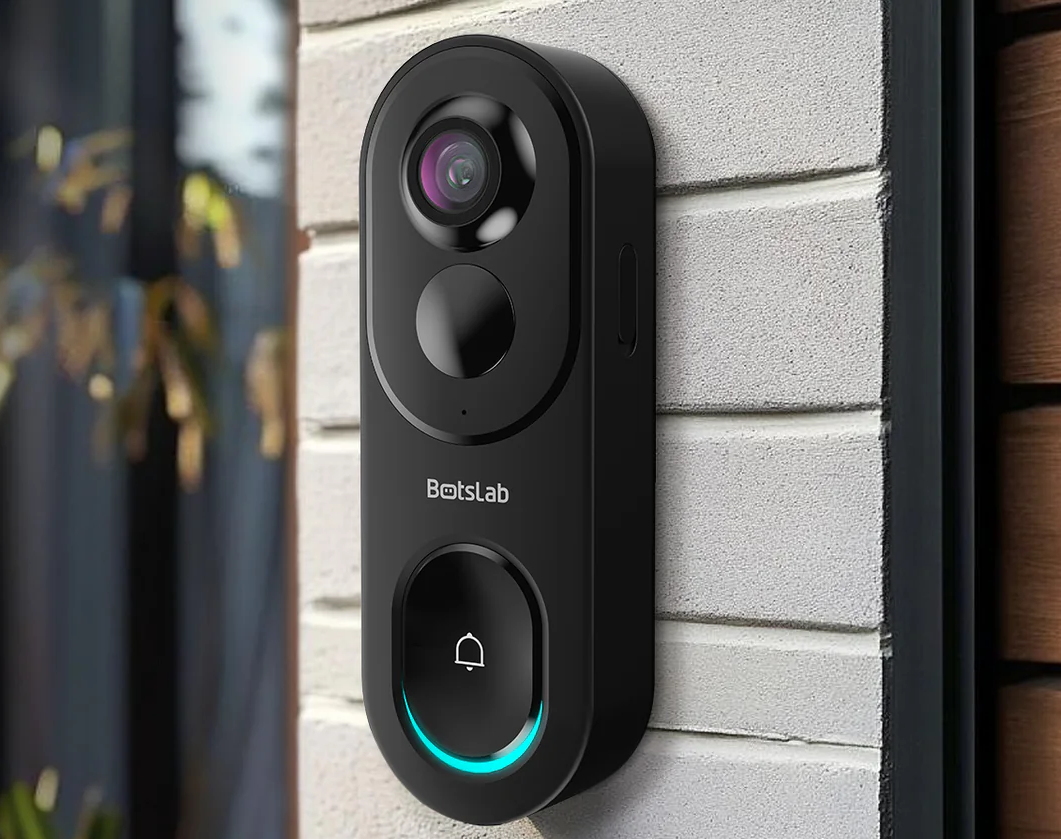
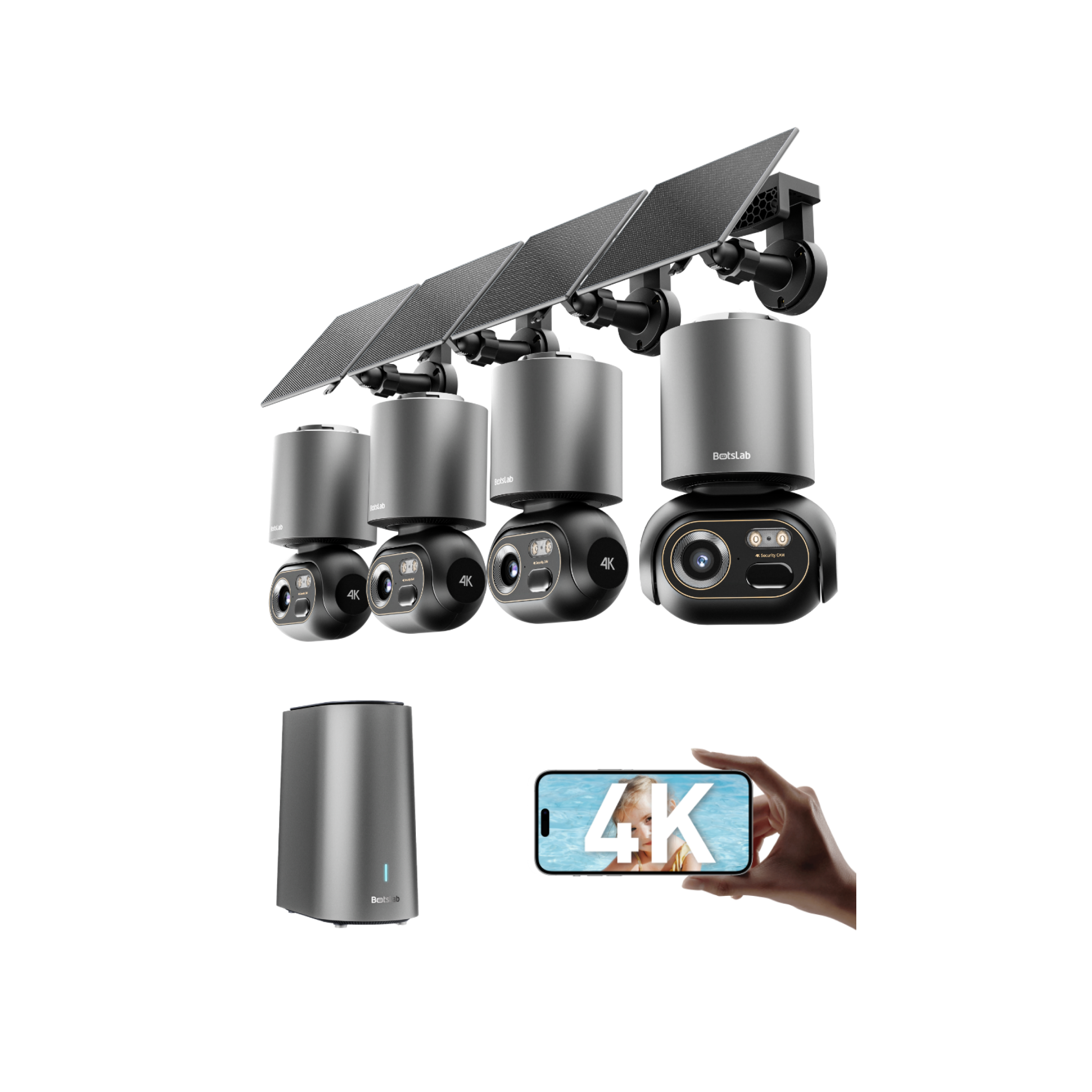
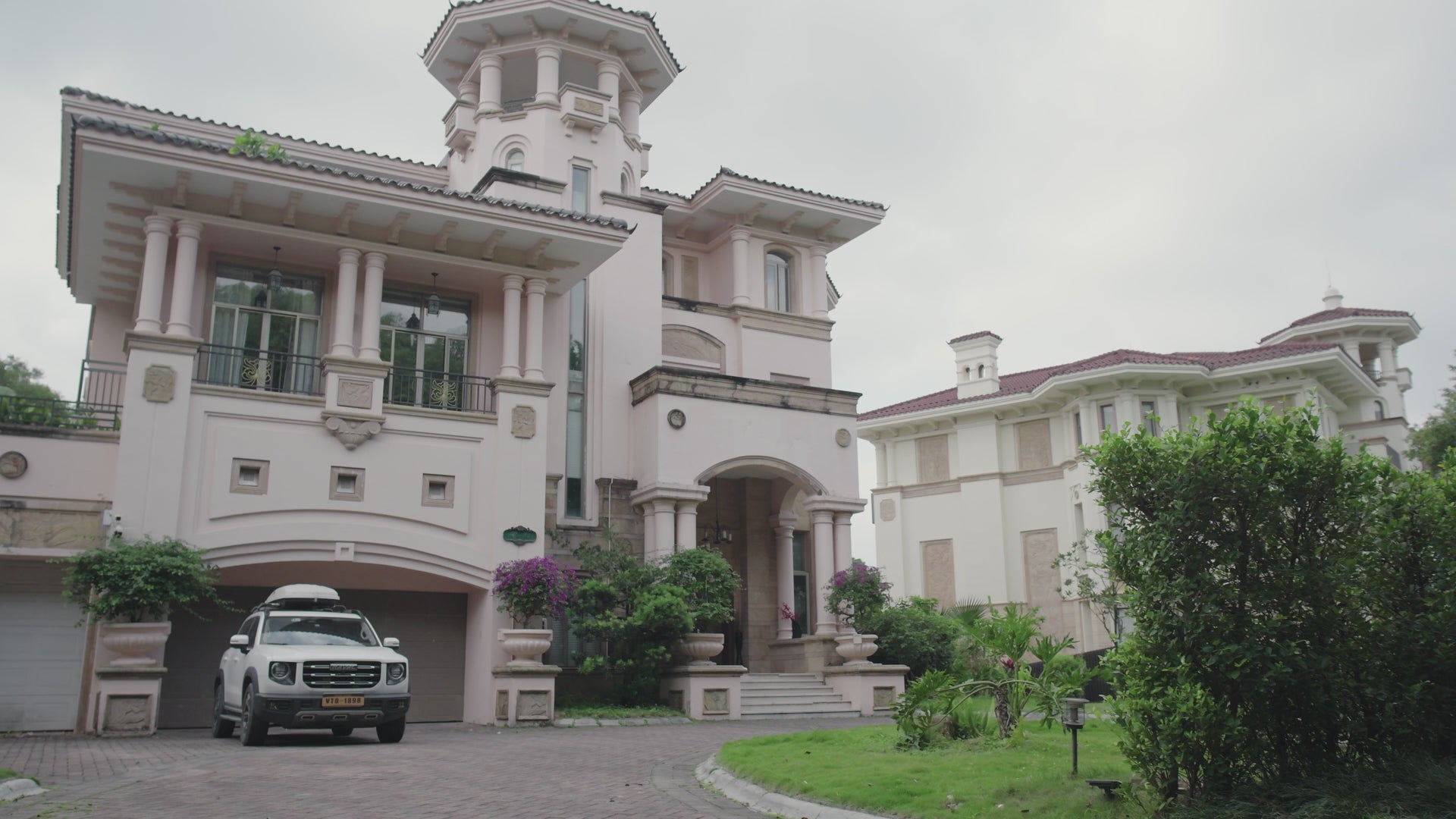
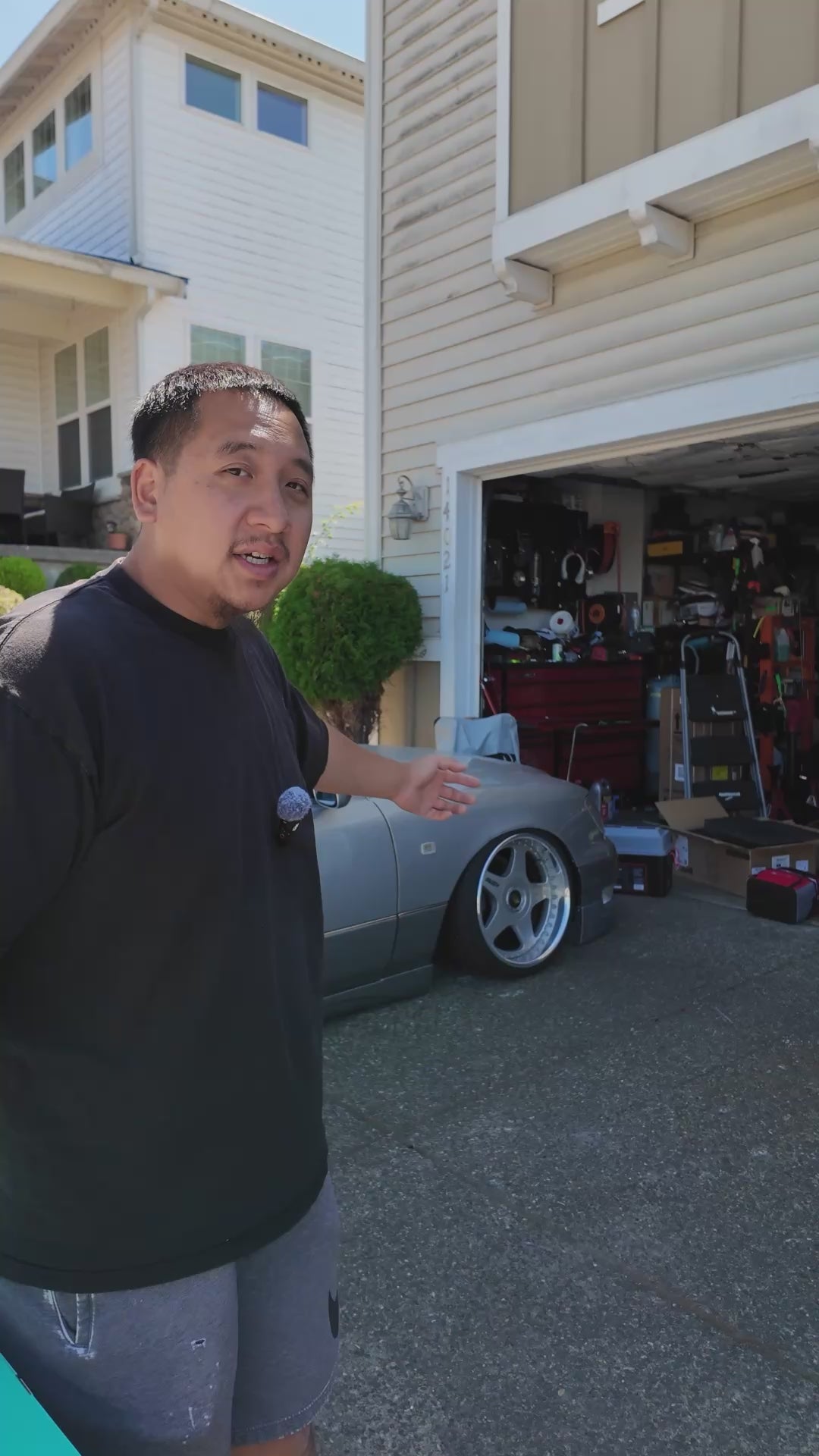





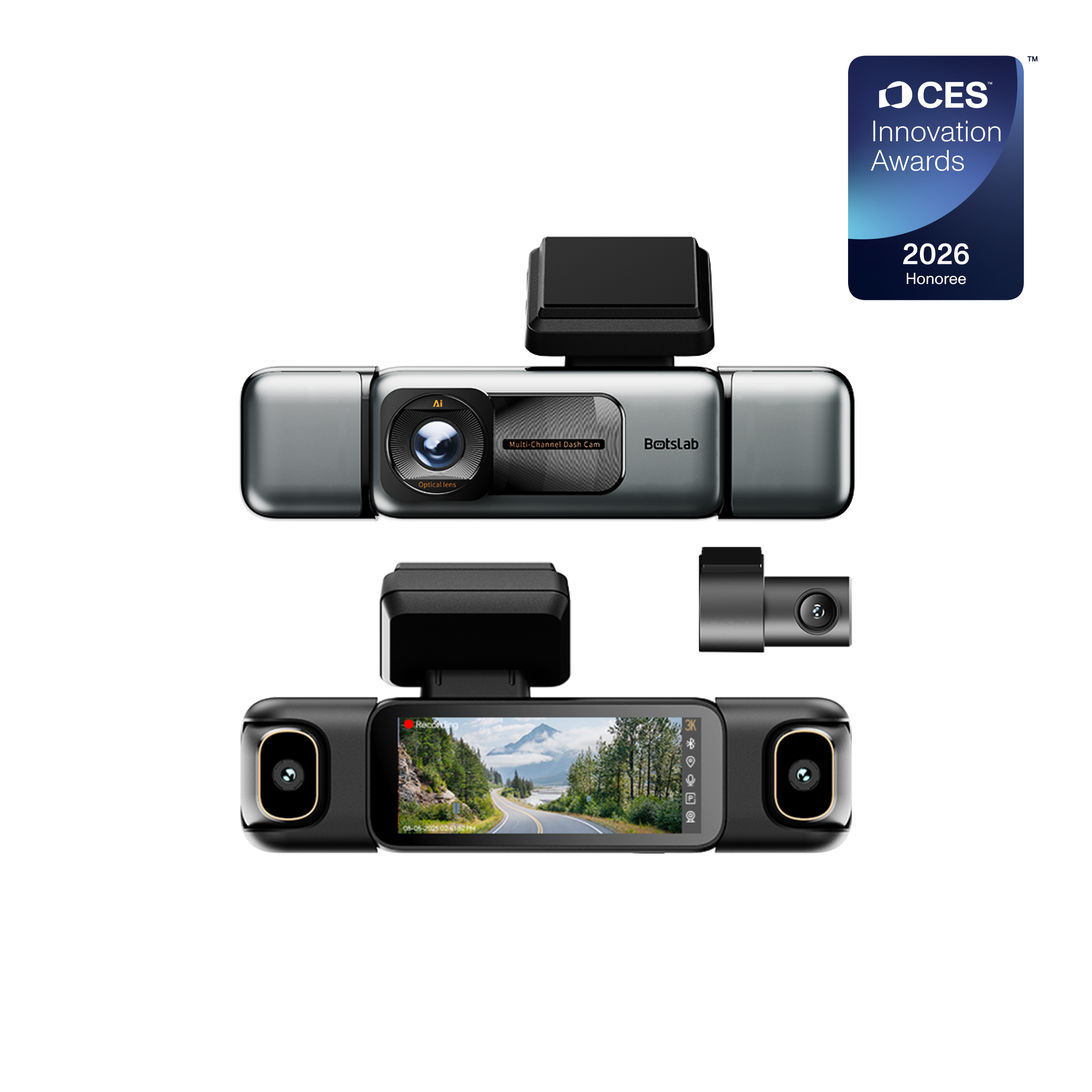

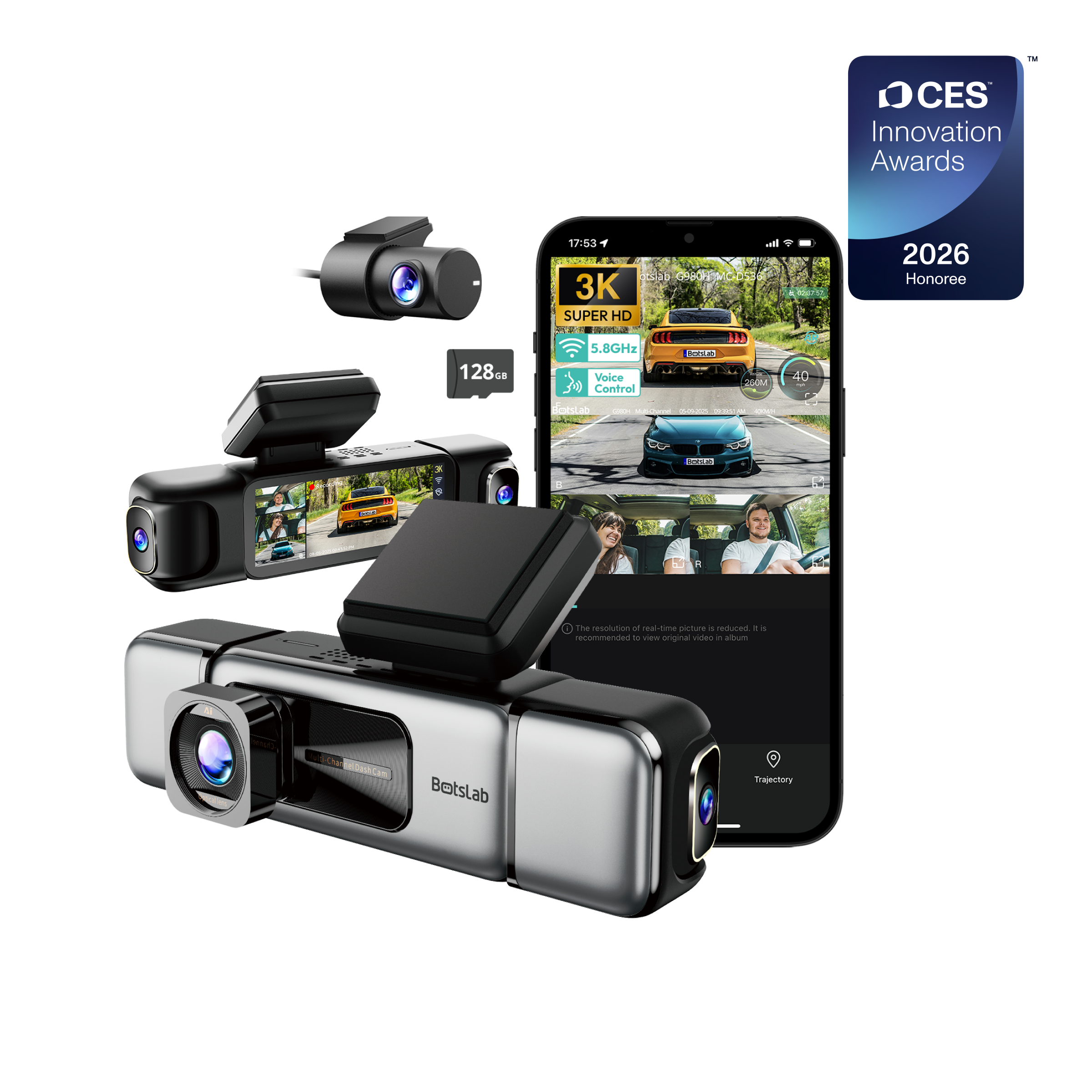
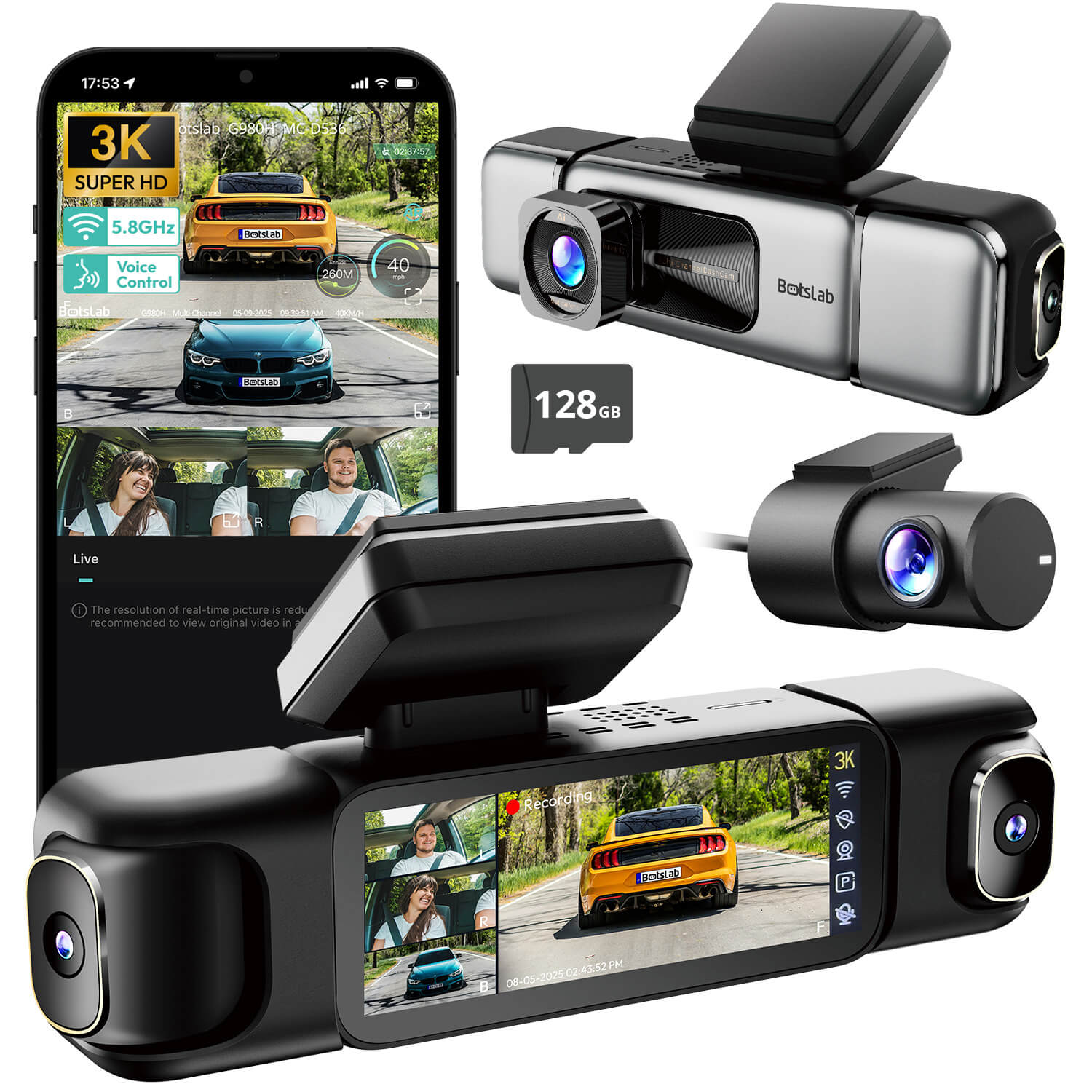


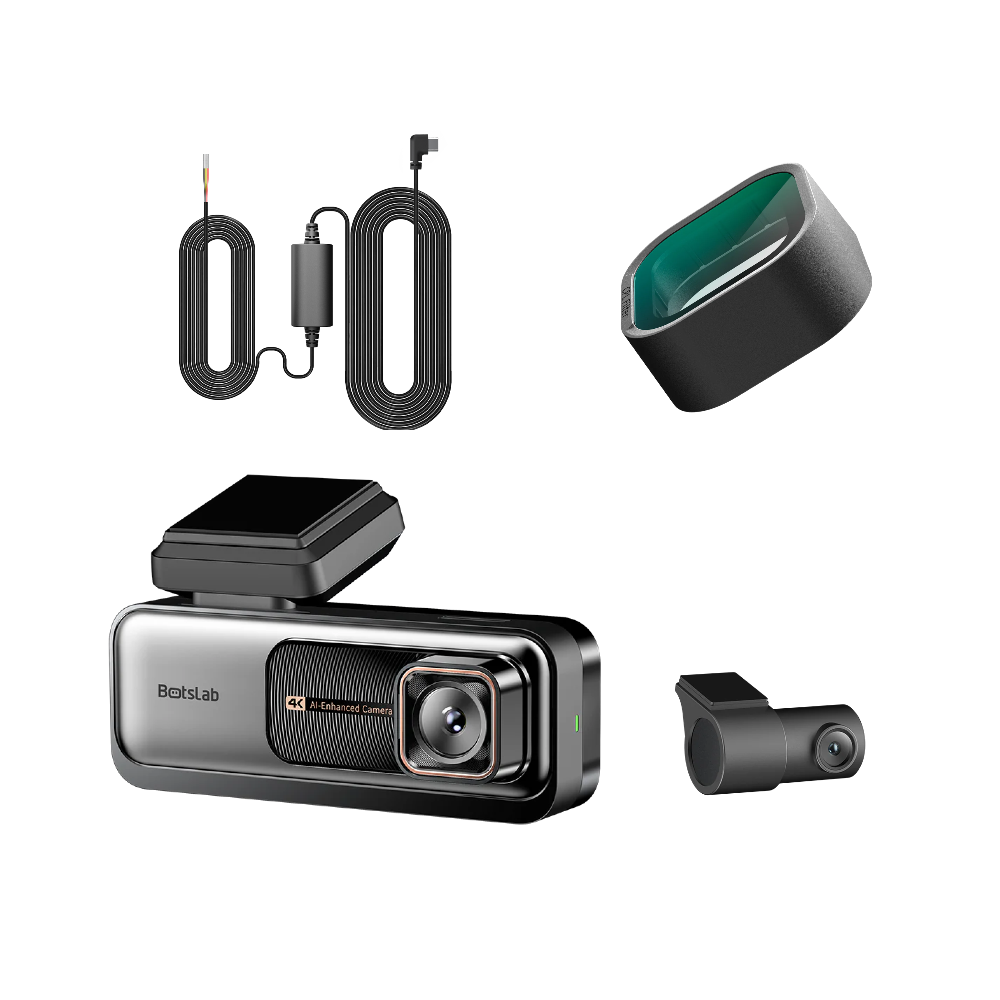
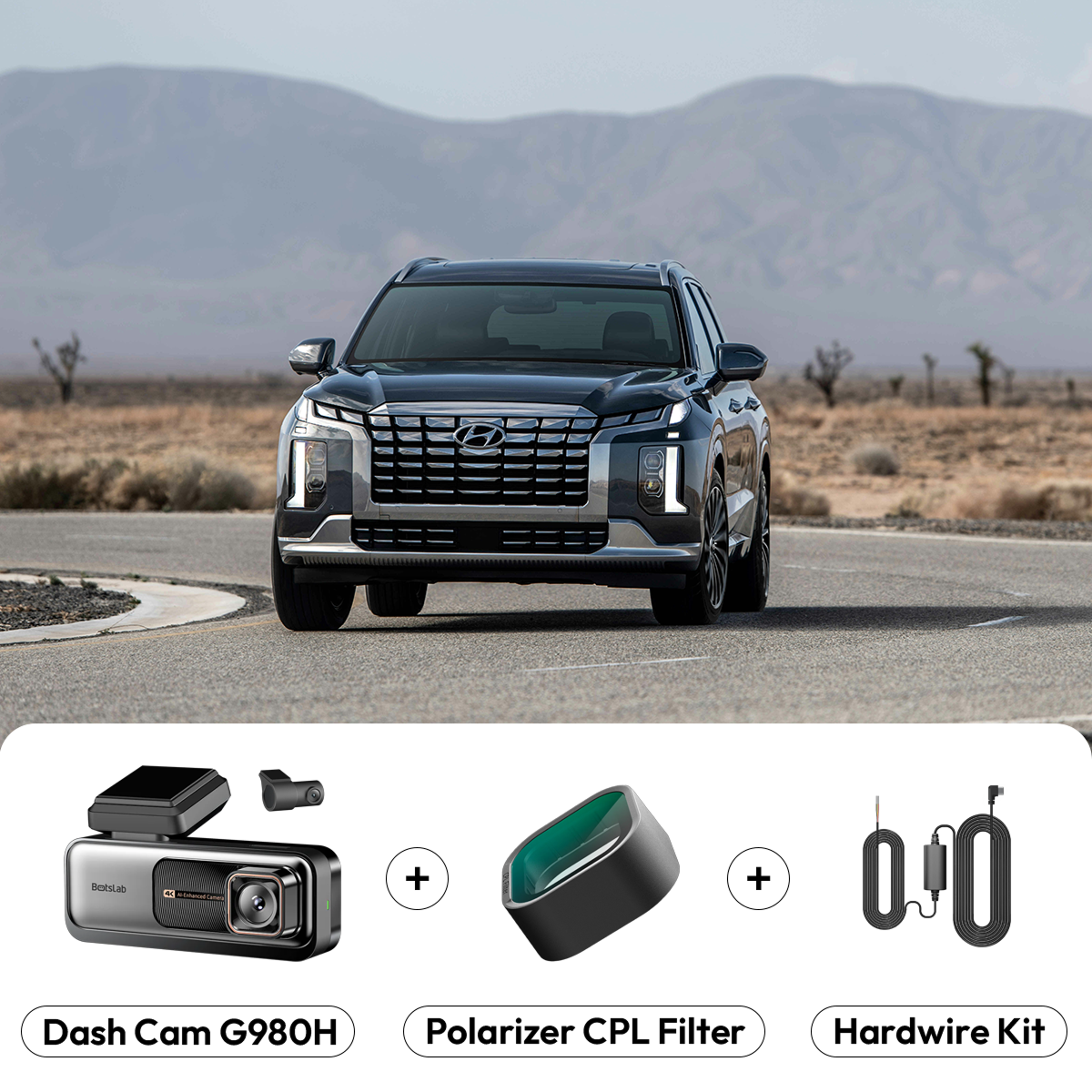

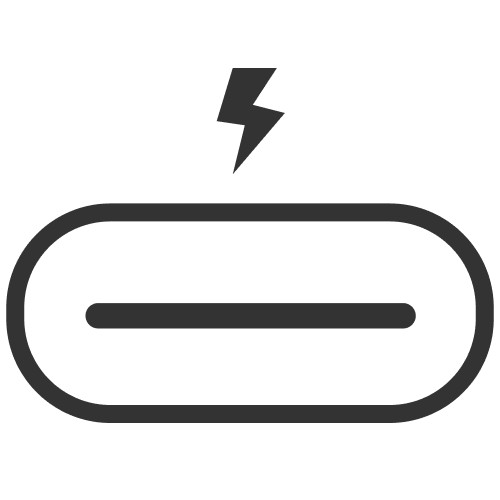
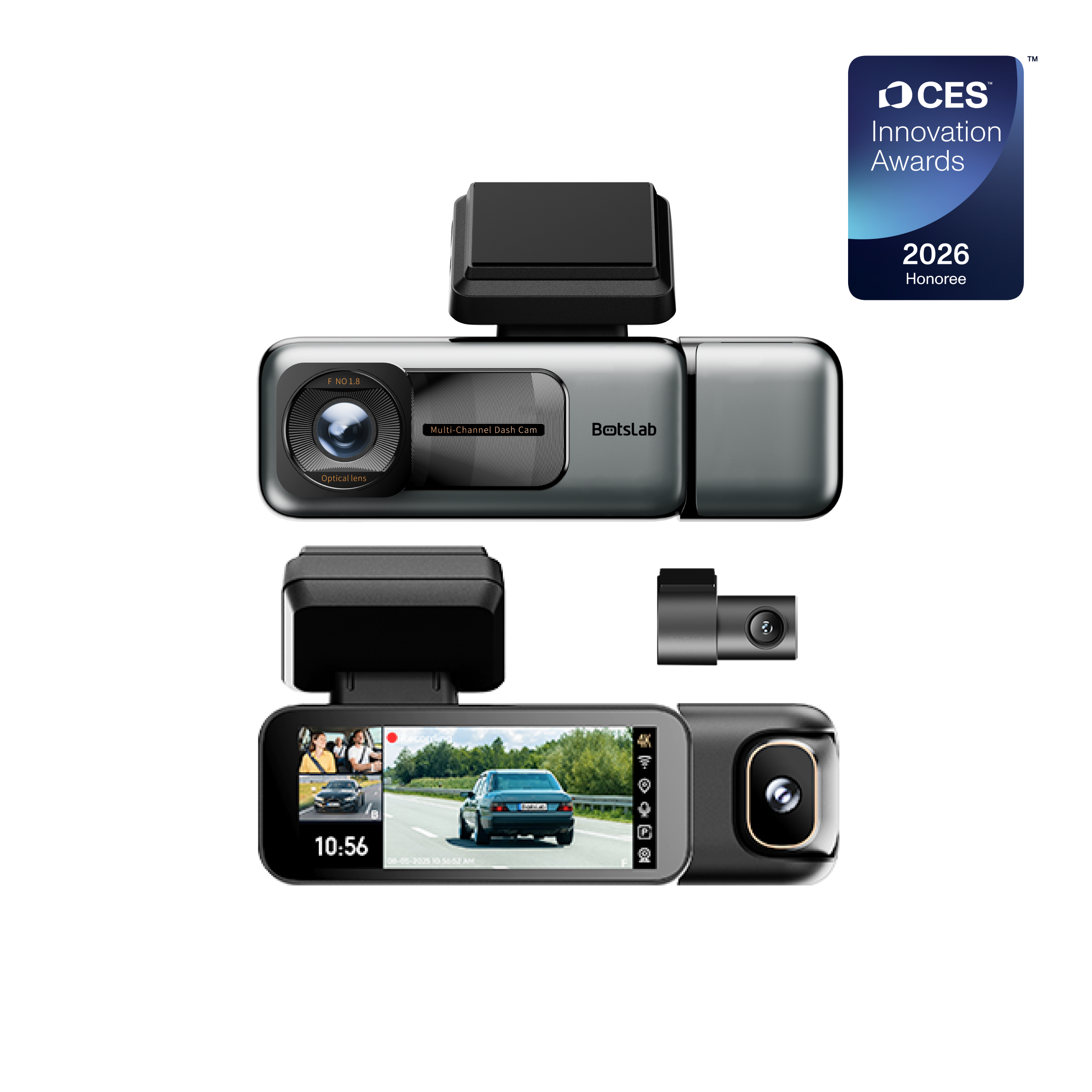
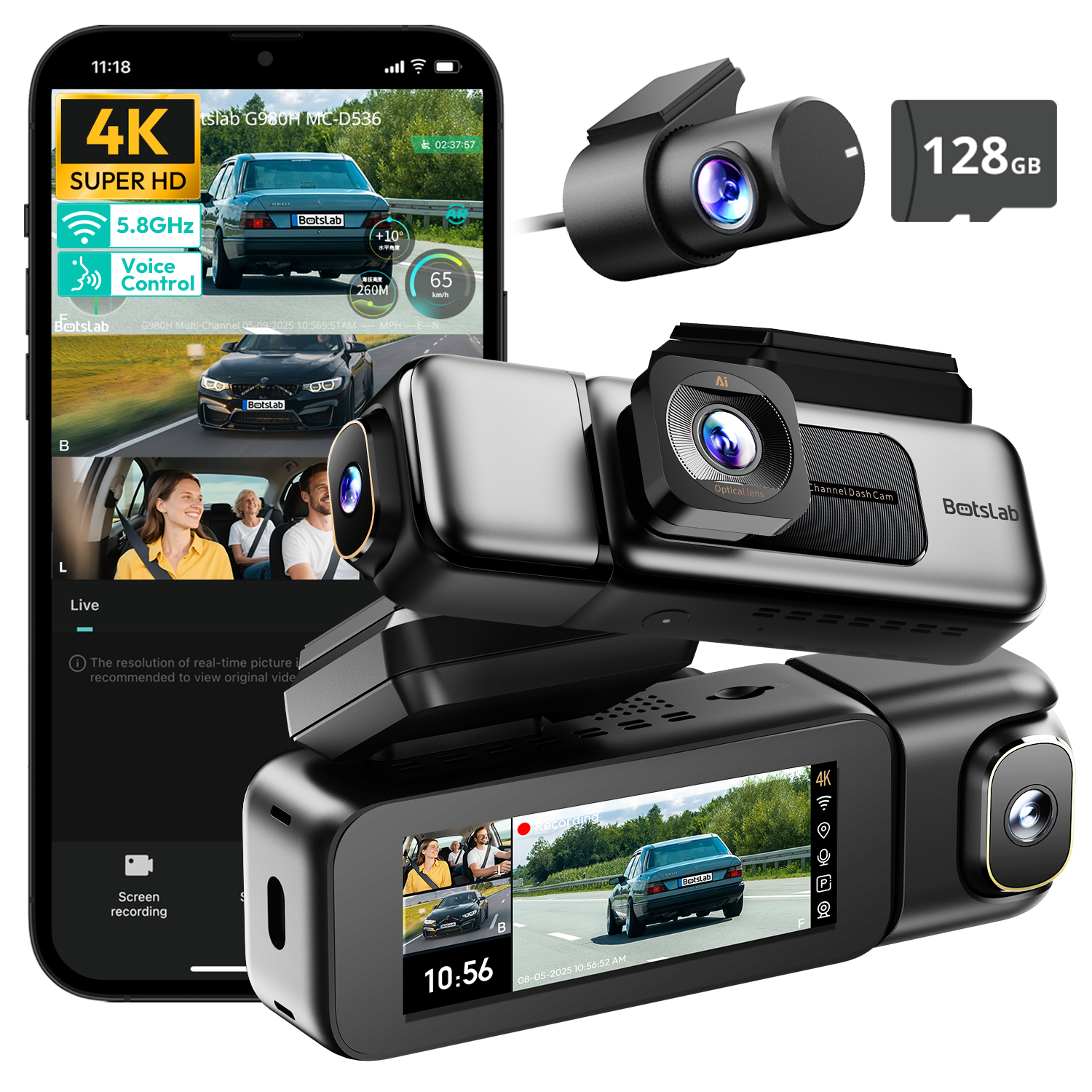

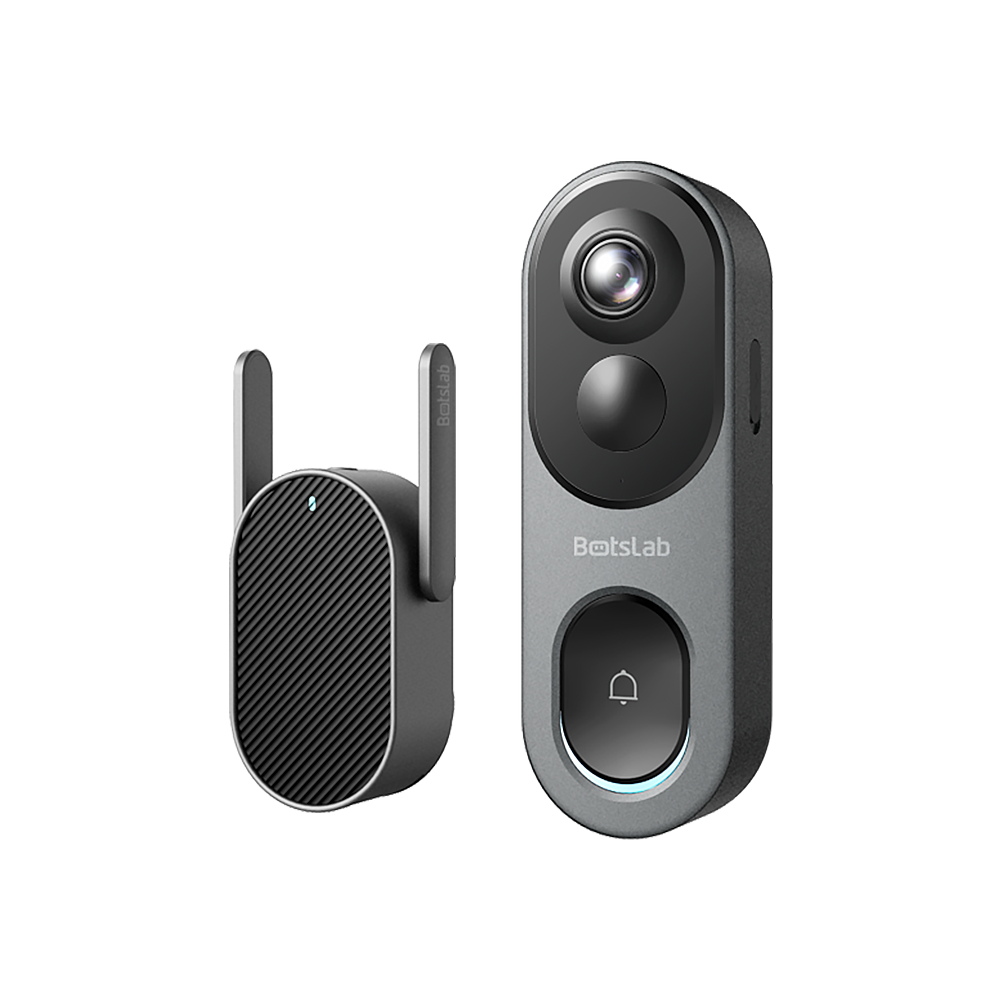
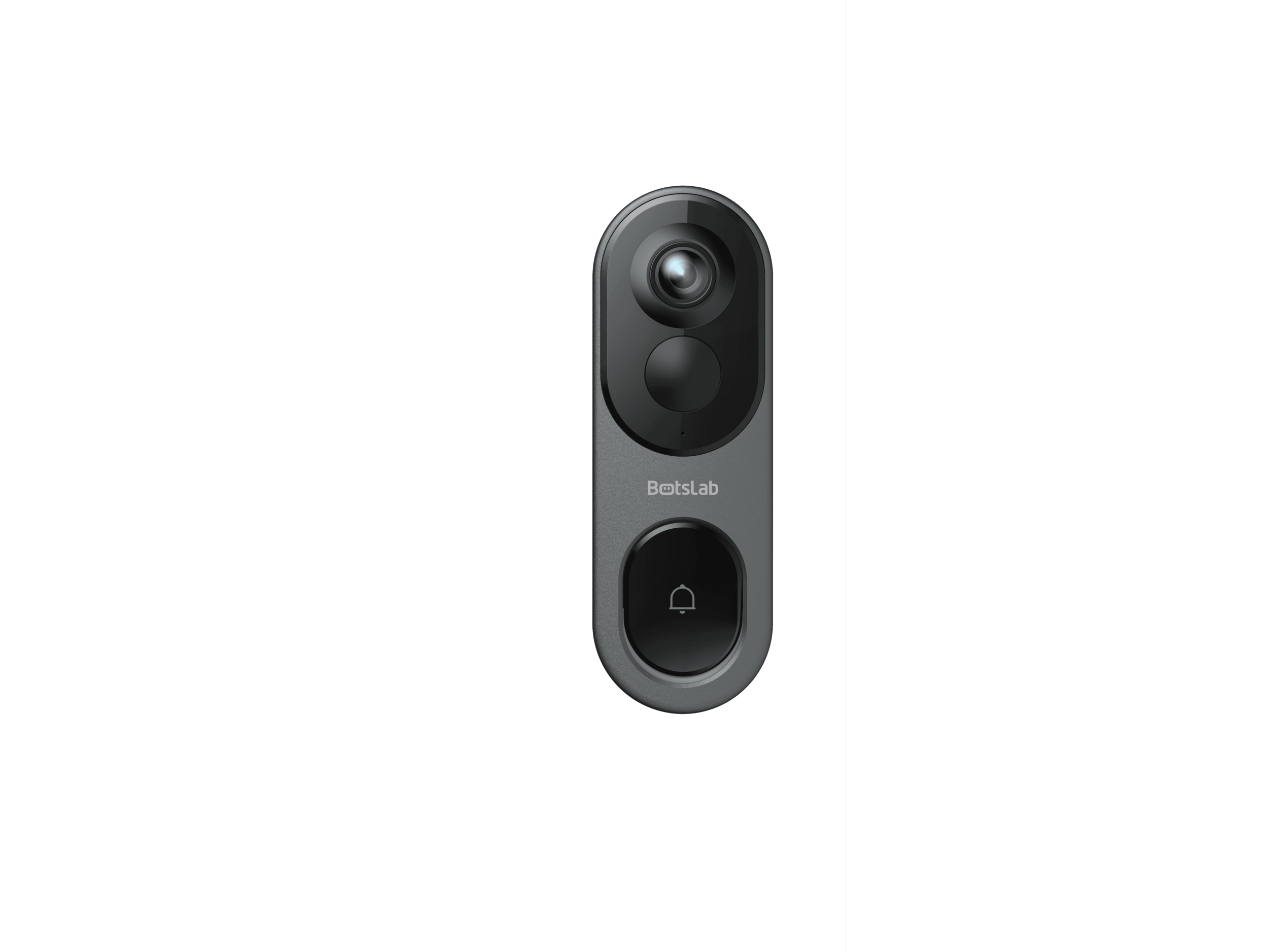
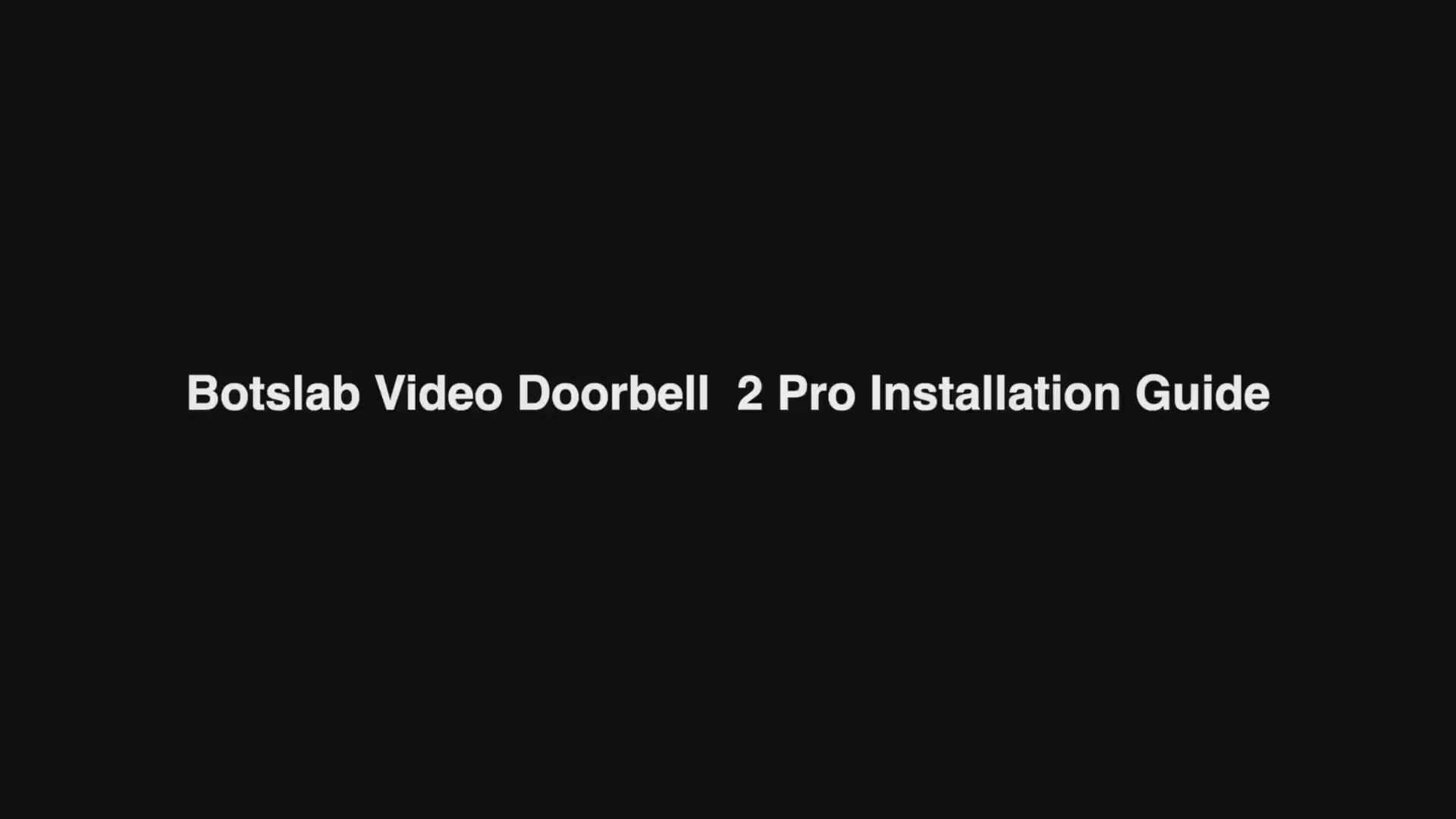
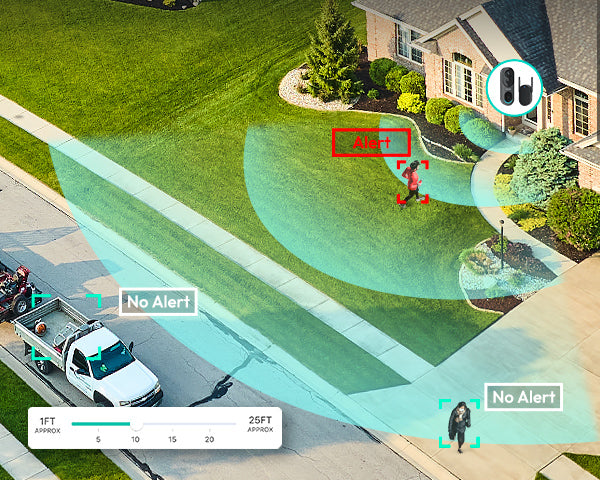
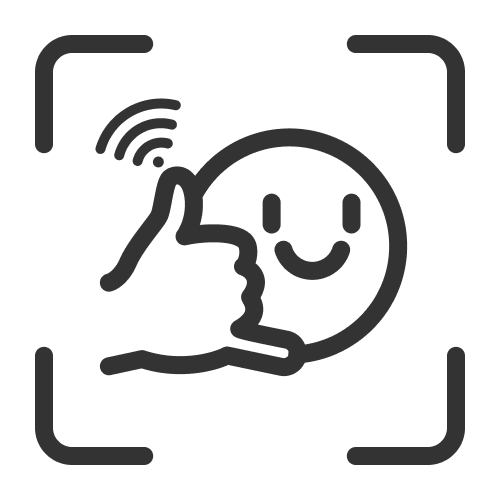
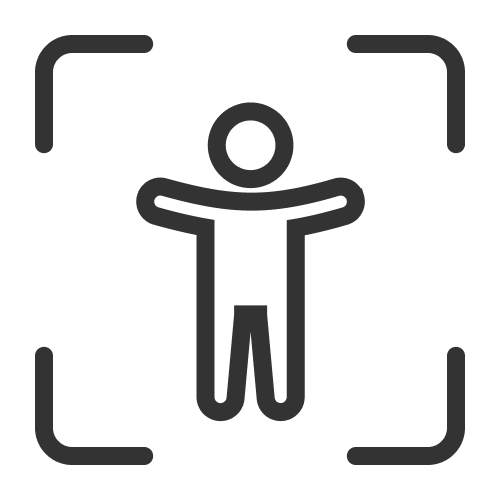
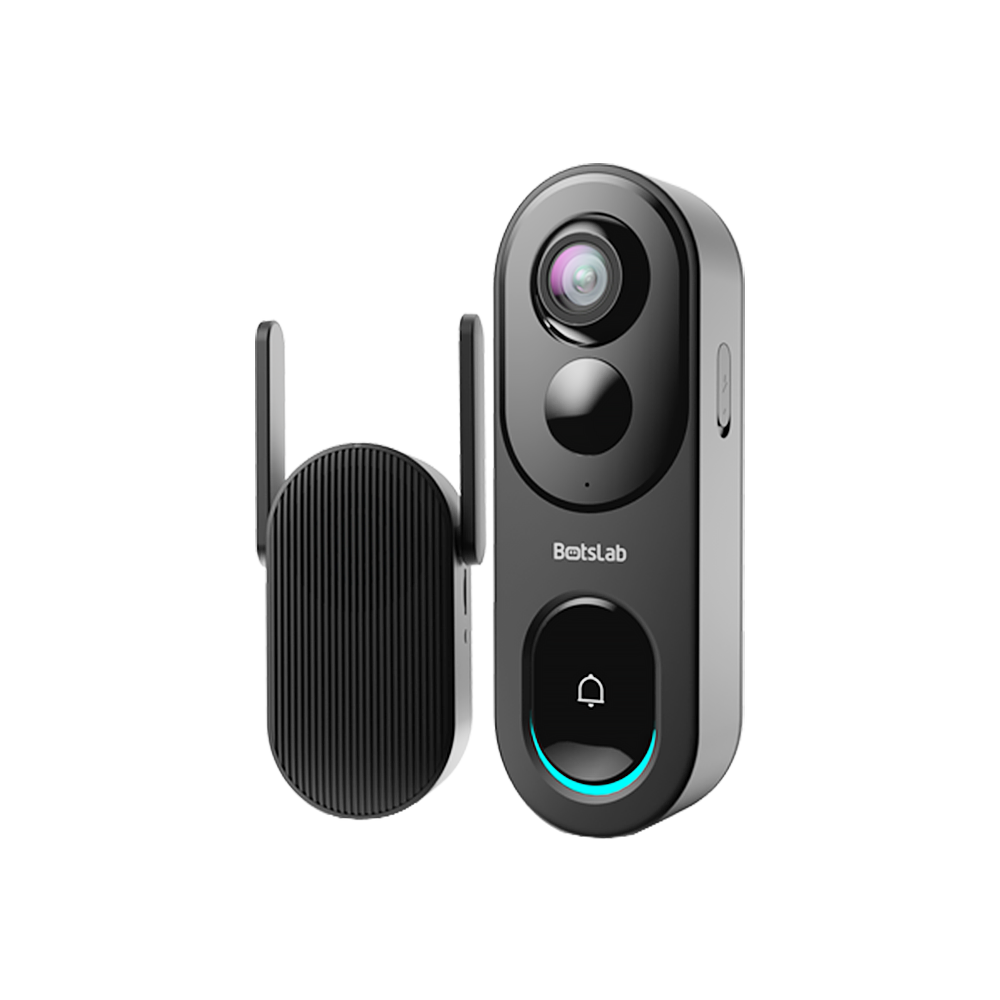
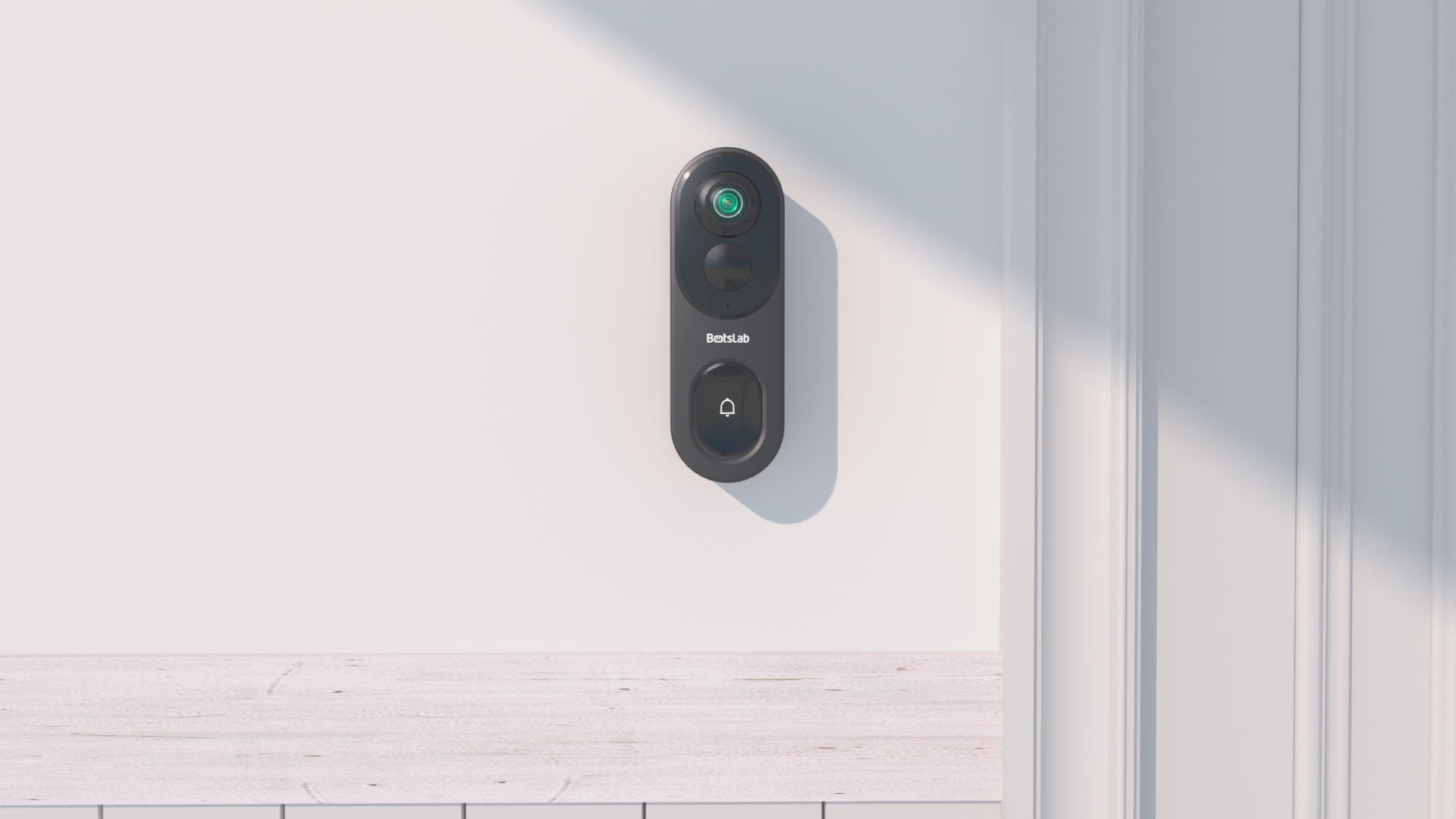
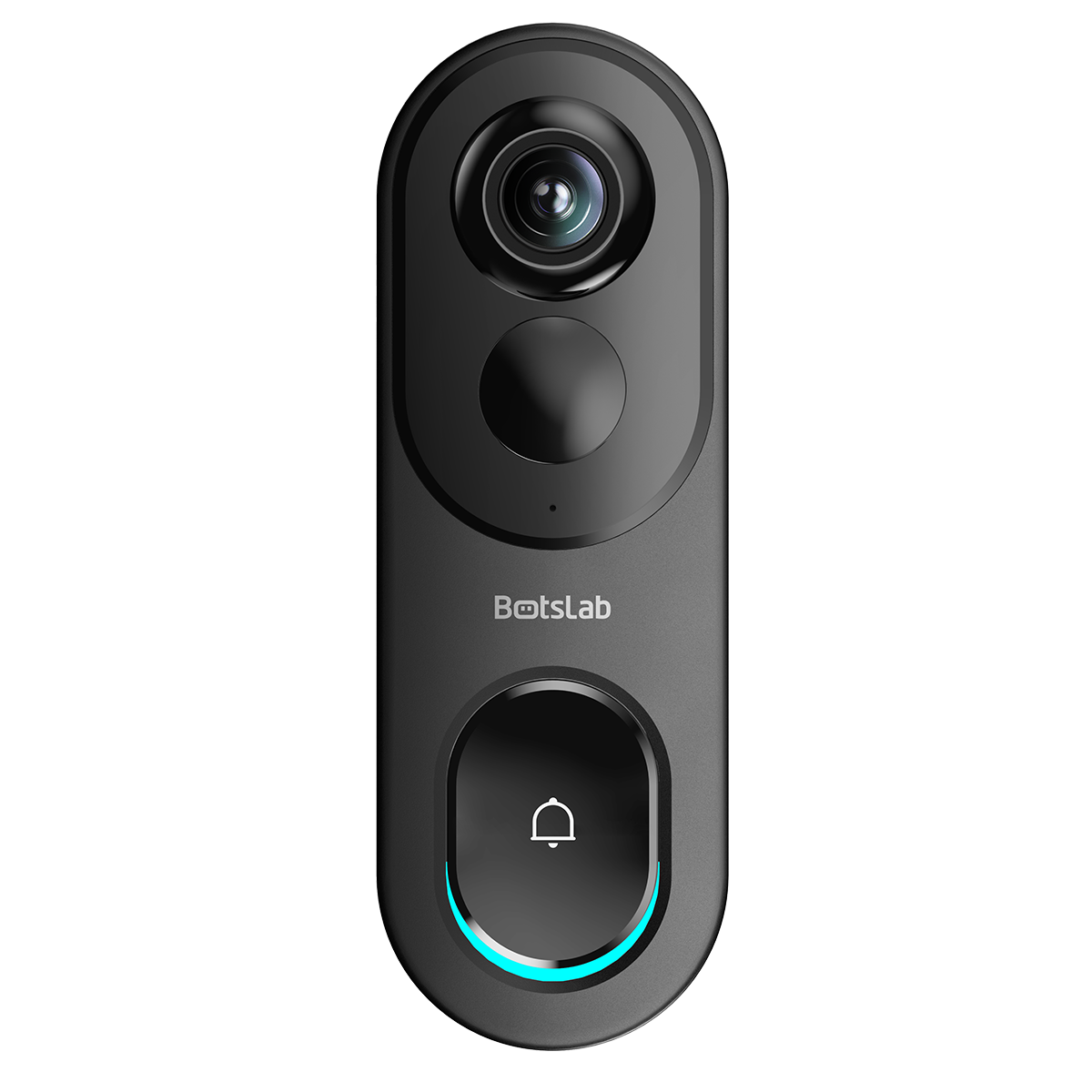

Teilen:
4K Security Camera Clarity Versus 2K and 1080p in Real-World Use
How Do Dashcams Record When the Car Is Off